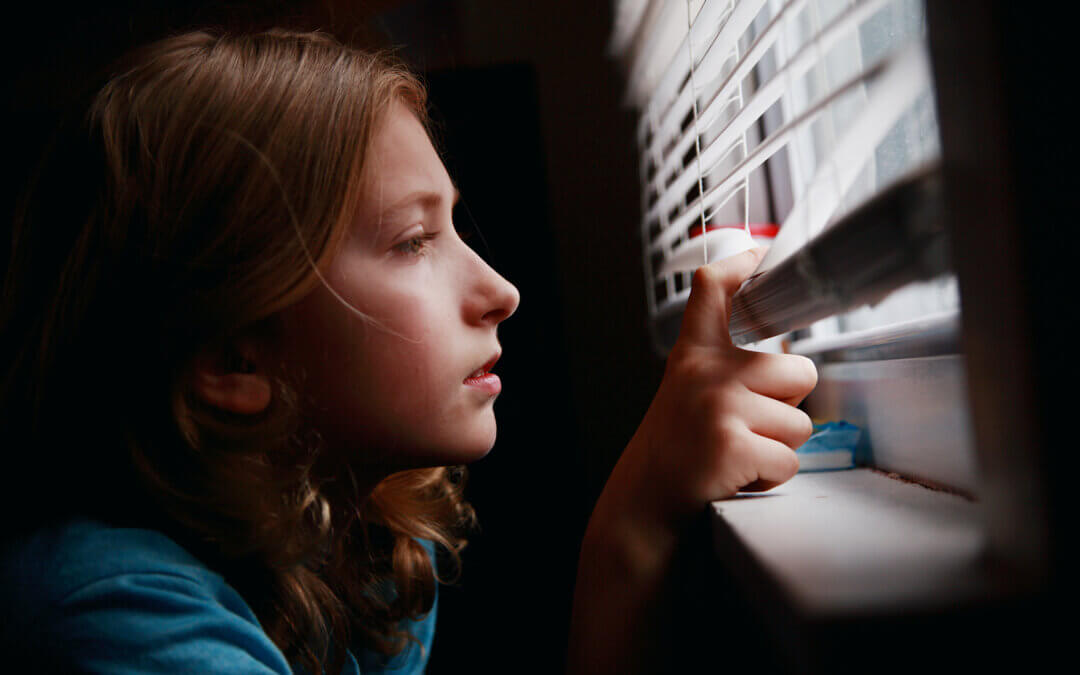What is adolescence?
The period of growth and development between childhood and adulthood that occurs between ages 13 and 19, although both the physical and psychological changes that take place often start even earlier, between ages 9 and 12.
Adolescence can be a difficult stage of development for both the adolescent as well as their family. Adolescents are surrounded by the pressures of society, family, peers, and media as they attempt to establish their own identity. Criticism from parents and friends and conflict among family members are factors associated with both physical symptoms such fatigue, pain, or weakness, as well as increased stress. Disconnections among relationships with significant people, whether parents, friends, or teachers, can also lead to psychological distress for adolescents. Supportive relationships with peers and family members can act as a protective factor for youth as they navigate the adolescent journey. Guidance from family and trusted adults is vital to an adolescent’s ability to negotiate emotional, social, and cognitive challenges throughout this critical period in life.
Society still often conveys messages highlighting expectations for adolescents to conform to traditional gender roles. Many adolescents feel pressure to adapt to these societal norms in order to “fit in” with their counterparts. An example would be a teenage female stating that she is often made fun of by both the boys and girls at school because she wants to play soccer with the boys at recess instead of just chatting with the other girls. When an individual’s self-image does not align with these societal expectations, they may experience heightened levels of anxiety and stress. Adolescents may also display depressive symptoms. These depressive symptoms often co-occur with difficulties in school, anxiety disorders, body dissatisfaction, and decreased self-esteem. I often hear client’s make comments such as “I just don’t look like the other girls in school” or “I can’t measure up to that perfect person we see online.”
An adolescent’s perception of oneself can affect all aspects of their being. Body image concerns can affect multiple facets of a youth’s daily living, including social and academic functioning, concentration and judgement, and ability to adapt to stressors. Females that accept and respect themselves and their body tend to exhibit increased self-esteem and optimism. Friendship groups among adolescent girls often share similar views regarding the importance of looks, with conversations about image being common. Having strong social support and role models may contribute to an adolescent’s positive sense of self. My clients with positive social connections often suggest that it is easier to manage difficult emotions when they have friends to confide in that can relate to their experience.
Media also has a major influence on the self-image of adolescents. Adolescent girls often internalize the beauty standards they are repeatedly exposed to through media. Social media is a major mode of communication for youth and increased use of social networking sites has been shown to correlate with decreased self-esteem and body image concerns. Since media is an important and useful resource in today’s culture, media literacy is an essential skill for adolescents living in this digital age. The most critical aspect of media literacy is gaining the ability to understand the messages that different types of media are sending. Media literacy involves helping kids learn to think critically as they evaluate media, learn to identify and appreciate different perspectives, and to create their own media responsibly. Media literacy interventions can help adolescents learn to become more active and critical in their perceptions of media, with the ultimate goal that they may be less likely to internalize the content and images they view. I often challenge my clients to critically analyze the image/message they are comparing themselves to and work to help them understand the difference between media and reality.
How Can you Help?
Knowing how to help your struggling adolescent can be quite a challenge for any parent. While some behaviors are just indicative of typical teenage angst, it is important to watch for warning signs that your child is experiencing distress. You might see distinct changes in behaviors such as disinterest in activities that they previously enjoyed, changes in mood, communication, or sleep patterns, or social withdrawal.
If you are concerned that your child may be struggling:
Talk about the hard things: While it might be uncomfortable, it is critical to talk clearly and directly about difficult topics. Be compassionate and curious, making sure that your child knows they can communicate any and all concerns to you, while also being mindful that you are giving them the necessary space for processing when needed. You might try something like: “I know this is difficult to talk about, but I want us to be able to discuss all things, even the things that are difficult to say out loud.”
Normalize mental health: Just like you would discuss physical concerns your child may be facing, talk openly about mental health struggles. Use judgement free language and ask questions as to how you can best support them. Offer reassurance that they are not the only ones that deal with these issues and remind them that you will walk alongside them as they navigate these struggles. You might try something like: “I noticed a change in (specific behavior) and I am wondering if that might have something to do with stress or anxiety or something else you are struggling with?”
Reach out for professional help: Therapy with a licensed mental health provider can be instrumental in helping your child establish healthy coping tools so that they are better equipped to face life’s challenges.
If you are interested in pursuing therapy for yourself or your child, please call the Grand Rapids Therapy Group administrative team at (616) 591-9000 to set up an intake appointment.

